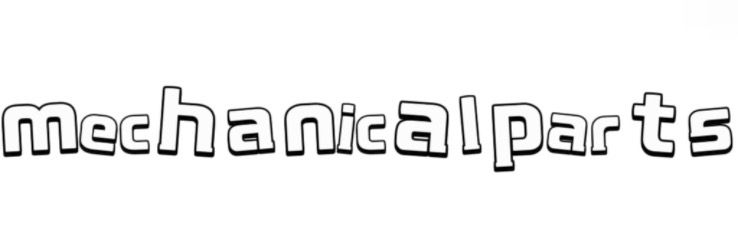How Can We Simplify DIY Induction Coil Construction for Beginners?
Nov. 12, 2024
Understanding Induction Coils
Induction coils are essential components in a variety of electronics and DIY projects. They generate high-frequency electromagnetic fields and can produce high voltages when properly constructed. For beginners, the concept of DIY induction coils can seem daunting, but with the right guidance, anyone can create their own. Simplifying the construction process is key to making this project accessible.Choosing the Right Materials
To successfully build an induction coil, select the appropriate materials. You'll need insulated copper wire, a core (which can be air or iron), a power source (like a battery or an AC source), and various connecting elements like alligator clips. Insulated copper wire is critical; the insulation helps prevent energy loss and protects against shorts. Opt for a wire gauge that balances flexibility and current carrying capability; AWG 24 is often recommended for beginners.Next, consider the core material. The coil can be wound around an air core for simplicity, but using a ferromagnetic core can enhance the coil’s efficiency. If you’re using an iron core, gather a few iron rods to practice with. A basic understanding of magnetism can help you make informed decisions about your core material, affecting your coil’s performance significantly.Easy Construction Techniques
Start your induction coil project by winding the wire around your core. Measure out a length of wire that you are comfortable working with - usually around 20 to 50 feet is sufficient for beginners. Use a pencil or another cylindrical object as a template to keep your coils as uniform as possible.When winding the coil, aim for even spacing and consistent tension. This will help ensure that it operates efficiently. It’s helpful to secure the ends of the coil with tape once you’ve finished winding. Once the winding is complete, strip the ends of the wire to create two leads for connections. This is essential for later attaching to the power source.Connecting to a Power Source
After creating the coil, it’s time to connect it to a power source. If you’re using a battery, connect the leads to the positive and negative terminals, ensuring a secure and stable connection. If you choose to connect to an AC source, such as a wall outlet, take extra precautions and ensure you understand the necessary safety measures. An understanding of basic electrical principles is vital here. Always use a fuse or circuit breaker to protect against short circuits and overloads.Once the connections are secured, switch on the power. You should observe the production of a magnetic field around the coil, which can be tested using a compass or a small neon bulb. Remember, safety is paramount when dealing with electrical projects. Keep your workspace dry and avoid contact with live wires.Simple Troubleshooting Tips
If your induction coil isn’t working as expected, don’t be discouraged. Common issues include inadequate wiring connections, poorly wound coils, or insufficient power supply. To troubleshoot, double-check all wiring connections and ensure they are secure. You may also need to experiment with the number of turns in your coil. Increasing or decreasing turns can significantly affect the coil's efficiency.Additionally, consider testing different core materials or adjusting your power supply. Starting with simpler versions of the circuit can also provide learning experience without the added complexity.Conclusion
DIY induction coil construction can be a rewarding project for beginners when simplified properly. By choosing the right materials, employing straightforward construction techniques, and following safety protocols, you can successfully create your own coil. If you're interested in learning more or need assistance, feel free to contact us. Happy experimenting!For more diy induction coil design, OEM induction heating for tube and pipe supplier, OEM pot high frequency annealing machine companyinformation, please contact us. We will provide professional answers.
147
0
0
All Comments (0)
If you are interested in sending in a Guest Blogger Submission,welcome to write for us!


Comments